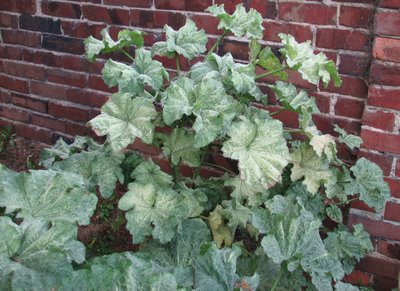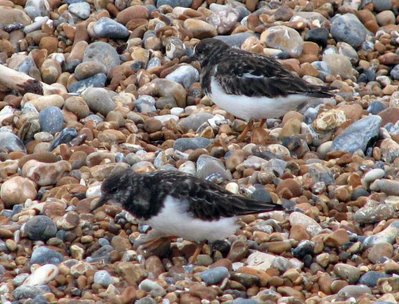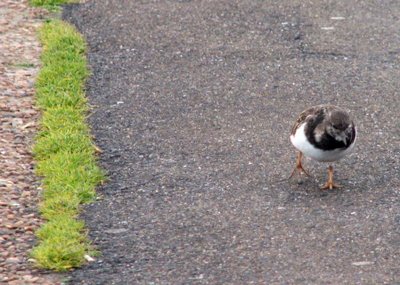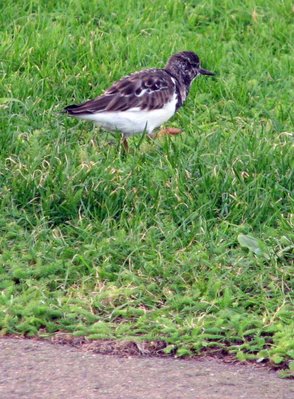
As it is National Tree Week (22 November - 3 December), I thought I would post a picture of a wonderful ancient oak tree I came across a few days ago. It is deep in the countryside to the south of Burwash Weald, East Sussex and clearly has been pollarded long in the past. Despite the fact that its trunk is half missing and hollow it seems to be in robust health, though the more horizontal branches will be getting very heavy and will eventually fall.
It probably should be re-pollarded in stages, but this is a tricky course of action and it will be essential to get advice from experts in the management of ancient trees. The longer it survives, the more chance there will be for some of the invertebrates and lower plants associated with this kind of habitat to colonise the middle-aged oaks behind as they grow older.






